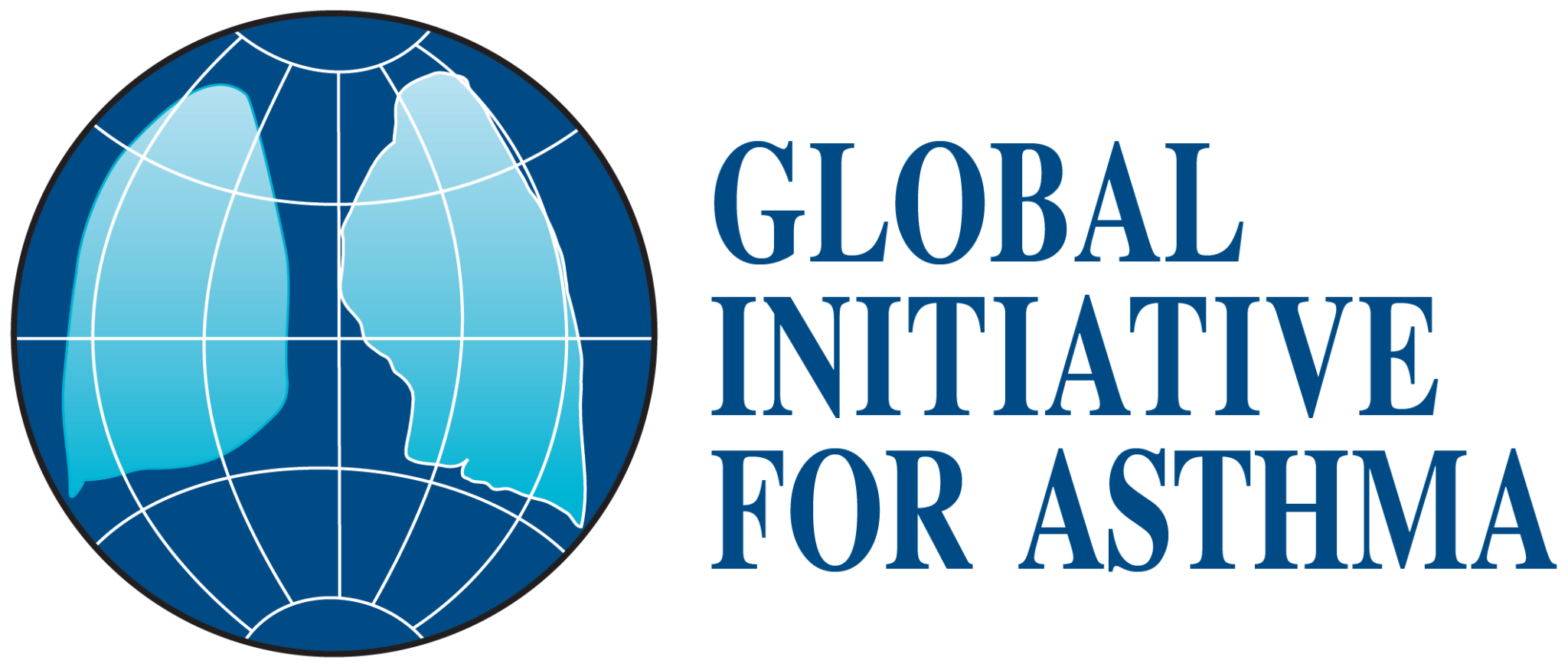It's almost as if we're always looking for the newest information, particularly when it comes to health matters that touch our lives or the lives of those we care about. Whether it's for ourselves, a family member, or perhaps even someone we know, staying informed about health guidelines can feel like a big job. You know, sometimes a simple search, like looking up "gina miles age," can actually lead you to a much broader discussion about important health topics that affect many people. This is a bit like how a small question can open up a much bigger conversation about wellbeing for everyone.
Really, when we think about health, especially for conditions that need ongoing attention, having the most current guidance is pretty important. It means that the people providing care have the best tools and insights available to help others feel better and live more comfortably. This constant updating of knowledge, too, is what makes sure that health practices stay relevant and truly helpful for individuals who are dealing with everyday health concerns, like managing their breathing, for instance. It's a continuous process, actually, of learning and adapting.
So, instead of focusing on just one specific piece of personal data, we're going to explore some really valuable insights that are designed to support better health outcomes for many. We'll look at how medical experts keep up with new findings and how these discoveries get put into practice to help individuals manage certain conditions more effectively. It’s all about making sure that care is as good as it can possibly be, which is something we all want, naturally.
Table of Contents
- Getting to Know the Latest in Asthma Care
- What's New for Gina Miles's Age Group in Asthma Management?
- Understanding Asthma Guidelines - A Closer Look
- How Do These Updates Affect Gina Miles's Daily Life?
- Staying Current - Why It Matters
- Where Can Clinicians Find Reliable Information for Gina Miles's Patients?
- Looking Ahead - The Future of Asthma Support
- Is Gina Miles's Asthma Care Truly Up-to-Date?
Getting to Know the Latest in Asthma Care
When it comes to staying on top of health information, especially for ongoing conditions, things are always changing. There are new discoveries, better ways of looking at things, and, well, just more information coming out all the time. For people who help others with their health, like doctors, nurses, and physician assistants, keeping up is a big part of their job. They need to know what's new so they can give the best possible support. This is where organizations that put together widely accepted guidance come into play, providing a really clear picture of what's considered the most effective way to approach care.
For instance, there's a group that puts out regular updates on how to manage asthma, a breathing condition that affects millions. They look at all the new research and then give clear advice on how to diagnose, how to figure out what's going on, and how to help people feel better. It's not just about giving medicine, either; it's about understanding the whole picture of someone's health. This sort of guidance is pretty essential for anyone who might be dealing with asthma, or for those who are helping them manage it. It gives a solid foundation for making good choices about care, you know.
The guidance they put out gets refreshed quite often, which shows just how much new understanding comes to light. These updates might cover things like what to look for in someone's body that tells you more about their asthma, or how to help very young children who have trouble breathing. They even consider bigger things, like how changes in our environment might affect someone's breathing. It's a comprehensive approach, actually, trying to think about all the different pieces that make up someone's health picture. So, it's about making sure that care is as complete and as helpful as it can be for everyone.
What's New for Gina Miles's Age Group in Asthma Management?
Thinking about how these broad updates might affect a particular individual, like perhaps someone in what could be called "gina miles age" group, means looking at the specifics of the new advice. The most recent guidance, for example, talks about some rather interesting things. It mentions new ways to use what are called 'T2 biomarkers,' which are like little clues inside the body that can tell healthcare providers more about someone's asthma. This could help tailor care a bit more precisely, which is a good thing for anyone, regardless of their specific stage in life.
Moreover, there's also fresh advice for managing asthma in very young children, which is a particularly delicate area of care. You know, helping little ones with their breathing can be quite a challenge, so having updated guidance for this specific group is extremely valuable. It provides clarity for parents and providers alike. And then, surprisingly, the guidance also touches on how changes in our climate might play a part in asthma. This is a pretty forward-thinking inclusion, showing that experts are considering the bigger picture of health and how our surroundings affect us, even for someone who might be in a particular "gina miles age" bracket.
These updates also come with new charts and tools, which are designed to make it easier for healthcare providers to put the advice into practice. They're like helpful guides that simplify complex information, making it more straightforward to decide on the best course of action. So, in some respects, for anyone dealing with asthma, these regular refreshes mean that the support they receive is always getting better, always adapting to the newest understanding. It's about making sure that the care provided is as effective and current as possible, you know, for everyone.
Understanding Asthma Guidelines - A Closer Look
When we talk about health guidelines, it's really about bringing together all the best available information to help people. These guidelines are put together by groups of experts who look at tons of studies and then figure out the most effective ways to approach a particular health condition. For asthma, this means they review how to tell if someone has it, what tests might be useful to understand it better, and the various ways to help someone manage their symptoms. It's a continuous process, as I was saying, because new research is always coming out.
For example, the guidance from a couple of years ago reviewed quite a bit about how asthma is diagnosed and treated. They looked at what had changed since previous reports and made sure the advice was up to date. This kind of regular review is pretty important because it ensures that healthcare providers are using the most current methods. It’s not just about what medicine to give, but also about understanding the whole process of care, from the very first signs to ongoing management. This helps to ensure that people get the right kind of support at the right time, which is something we all want, naturally.
More recently, the advice has expanded even further. It now includes specific guidance on different types of medicines, how to keep an eye on someone's condition over time, and what the goals of treatment should be. They even talk about what it means for someone's asthma to be in "remission," which is a pretty hopeful concept for many. There's also specific advice for a type of asthma where cough is the main problem, and, of course, more information about children with asthma. So, you can see, these guidelines are pretty thorough, covering many different aspects of living with and managing this breathing condition.
How Do These Updates Affect Gina Miles's Daily Life?
You might wonder, how do all these broad, detailed updates actually make a difference for a person in their everyday routine, someone who might be, let's say, in the "gina miles age" group? Well, when healthcare providers have access to the latest and most comprehensive guidelines, it means the care they offer is more informed and, quite possibly, more effective. For someone living with asthma, this could translate into better symptom control, fewer interruptions to their daily activities, and a generally improved quality of life. It’s about making sure their breathing is as steady as possible.
For instance, if the new guidance helps a clinician spot uncontrolled asthma that might have been missed before, that's a pretty big deal. Sometimes, standard ways of checking asthma control, like certain questionnaires or measurements, might not fully capture how someone is really doing. So, if there are new tools or insights that help uncover these hidden issues, it means a person could get the right adjustments to their care sooner. This could mean less coughing, less wheezing, and more energy for doing the things they enjoy, which is what we really want for anyone managing a condition like this, isn't it?
Ultimately, the goal of these updates is to make life easier and healthier for people with asthma. By refining how the condition is understood, monitored, and treated, the hope is that individuals can experience fewer flare-ups and more stable breathing. This means they can participate more fully in school, work, and leisure activities without the constant worry of their asthma acting up. So, for anyone, including someone in what we might call the "gina miles age" range, these advancements are designed to support a more active and comfortable existence, which is, you know, really what it's all about.
Staying Current - Why It Matters
Keeping up with the newest information in healthcare isn't just a nice-to-have; it's really quite essential. Think about it: our understanding of the human body and how conditions work is always growing. What we thought was the best approach five years ago might have been improved upon by new research and discoveries today. For people who provide care, having access to these fresh insights means they can offer the most informed and effective support possible. It's about making sure that every person gets the benefit of the latest knowledge, which is pretty important, actually.
There are specific tools and resources that help clinicians stay current, too. For example, there's a resource that helps healthcare providers become more aware of asthma that isn't being controlled as well as it could be. Sometimes, standard ways of checking, like certain questionnaires or even breath tests, might not fully show the extent of someone's breathing difficulties. This particular tool helps to highlight those situations where the asthma might be worse than it seems on paper, prompting a closer look and, potentially, a change in how it's being managed. It's about catching those subtle signs that might otherwise go unnoticed.
This kind of vigilance is really important because uncontrolled asthma can lead to more serious problems down the line. It can mean more trips to the emergency room, more missed days from school or work, and a generally lower quality of life. So, by having better ways to spot these issues, healthcare providers can step in earlier and make adjustments to care that can prevent these bigger problems. It's about being proactive and making sure that people with asthma are truly getting the support they need to breathe easier and live fuller lives, you know.
Where Can Clinicians Find Reliable Information for Gina Miles's Patients?
For healthcare providers, knowing where to find trustworthy and up-to-date information is a big part of their daily work. They can't just rely on what they learned years ago; they need to continuously refresh their knowledge. There are certain sources that are considered very reliable for medical news and in-depth content, specifically put together for professionals who are helping patients. These sources are like a steady stream of the latest research and practical advice, designed to help inform how care is delivered.
One such source is pretty well-known among medical professionals. It provides clinicians with insights into the most recent research findings, helping them to make better decisions in their day-to-day practice. This means they can read about new studies, understand what the results mean, and then figure out how to apply that knowledge to the people they're helping. It’s about bridging the gap between new scientific discoveries and the actual care that patients receive. This is quite valuable, especially when you're trying to make sure that someone, perhaps a person who might be in the "gina miles age" group, is getting the very best and most current care possible.
Physician assistants and nurse practitioners, who are often on the front lines of patient care, use resources like this regularly. They turn to them for updated guidance on how to diagnose and treat common health issues they see every day. This ongoing learning is absolutely essential for them to do their jobs well and to provide effective support to their patients. So, these trusted sources play a really important part in making sure that healthcare providers are always equipped with the knowledge they need to help people manage their conditions, like asthma, effectively. It's a continuous cycle of learning and applying, basically.
Looking Ahead - The Future of Asthma Support
The way we approach health conditions is always moving forward, which is a very good thing. What might seem like the latest breakthrough today could be further refined or expanded upon tomorrow. For conditions like asthma, this means a constant effort to understand more about how it works, how it affects people, and how we can make living with it as manageable as possible. It's about a long-term commitment to improving health outcomes for everyone who experiences breathing difficulties, which is a pretty big undertaking.
This forward-looking perspective means that organizations that set health guidelines are always planning for the next set of updates. They're looking at emerging research, new technologies, and even broader societal factors that might influence health. For example, the ongoing discussion about climate change and its potential impact on respiratory conditions shows how wide-ranging these considerations can be. It's not just about the immediate symptoms, but also about the larger context in which people live and breathe. This comprehensive view helps to shape guidance that is truly responsive to the real-world experiences of patients.
The continuous evolution of these guidelines also reflects a deeper commitment to personalized care. As we learn more about individual differences in how people respond to treatments or how their bodies react to certain triggers, the guidance can become more tailored. This means moving away from a one-size-fits-all approach and towards strategies that are more specific to a person's unique needs. It's an exciting direction, really, because it promises even more effective and compassionate care for individuals dealing with asthma, ensuring that support is as effective as it can be for each person.
Is Gina Miles's Asthma Care Truly Up-to-Date?
When we consider whether someone's asthma care is truly current, perhaps for a person we might imagine to be in the "gina miles age" range, it really boils down to whether their healthcare provider is using the very latest information available. This isn't always straightforward, as new guidelines and research findings are released pretty regularly. So, a key part of getting up-to-date care is having providers who are committed to continuous learning and who actively seek out the most recent advice on managing conditions like asthma.
The regular updates from leading health organizations are designed precisely for this purpose: to equip healthcare professionals with the knowledge they need to provide the best possible care. This includes knowing about new medications, improved monitoring techniques, and even revised goals for what constitutes successful asthma management. If a provider is staying current with these changes, then, yes, the care they offer is more likely to be truly up-to-date. It's a partnership, in a way, between the experts who publish the guidelines and the clinicians who put them into practice every day.
Ultimately, for anyone managing asthma, having care that reflects the most recent understanding can make a significant difference in their daily life. It means that the strategies used to control their breathing are based on the best available evidence, leading to better symptom control and fewer disruptions. So, if we were to consider a hypothetical individual like "Gina Miles," the most important thing for their asthma care to be truly up-to-date would be for their healthcare team to be regularly consulting and applying the latest official guidance. This ensures that they are receiving the highest standard of support, which is, you know, what everyone deserves.
This discussion has explored the evolving landscape of asthma management guidelines, drawing from the most recent updates and how they impact clinical practice. We've looked at how new insights into biomarkers, care for young children, and even broader environmental factors are shaping the latest advice. We also considered the critical role of trusted medical resources in helping healthcare providers stay informed, ensuring that the care offered is always grounded in the most current research. The continuous refinement of these guidelines truly aims to improve the daily lives of individuals managing asthma, by providing clinicians with the best tools to support their patients effectively.


